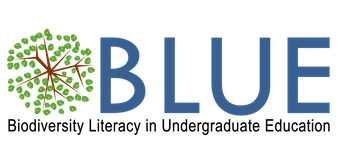2337 total view(s), 846 download(s)
BLUE Natures Flying Machines online version.docx(DOCX | 2 MB)
Watanabe Data.xlsx(XLSX | 44 KB)
- License terms
Description
Adapted for online learning:
Movement is a key function required for the survival and reproduction of organisms. Microorganisms, such as bacteria and unicellular protists, achieve movement via cellular structures such as cilia and flagellae. Plants and fungi are incapable of individual locomotion but can disperse their offspring via seeds and spores and can grow towards or away from environmental stimuli. Animals have evolved a multitude of methods for movement in terrestrial, aquatic, and aerial environments. One of the most successful types of animal locomotion is flight. Flight has evolved at least four separate times, in the insects, pterosaurs, birds, and bats. Flying animals have a diversity of body forms and aerial abilities. They can teach us a lot about form and function. In fact, scientists study animal flight to develop flying robots, airplanes, and rocket ships. In today’s lab, you will investigate the forces involved in the form and function of flight in birds and insects.
Upon completion of this module, each student should be able to:
- Explain the four forces of flight.
- Describe how lift is created by wings.
- Compare how antagonistic muscles (flexors, extensors) power flight in animals with endoskeletons and exoskeletons.
- Discuss how wing morphology (form) relates to flight ability (function).
- Evaluate the impact of body mass and wing morphology on bird migration distance.
Notes
The original version of this laboratory module was developed by Blake Cahill as part of the BIO 620: Curriculum Design for the 21st Century Biology Classroom and the Biodiversity Literacy in Undergraduate Education: BLUE Network (National Science Foundation DBI 1730526).
This is an adaptation to make materials more suitable for an online lab experience.
Cite this work
Researchers should cite this work as follows:
- Linton, D. (2020). Movement: Nature's Flying Machines (Online). Biodiversity Literacy in Undergraduate Education, QUBES Educational Resources. doi:10.25334/9CMG-Q484
